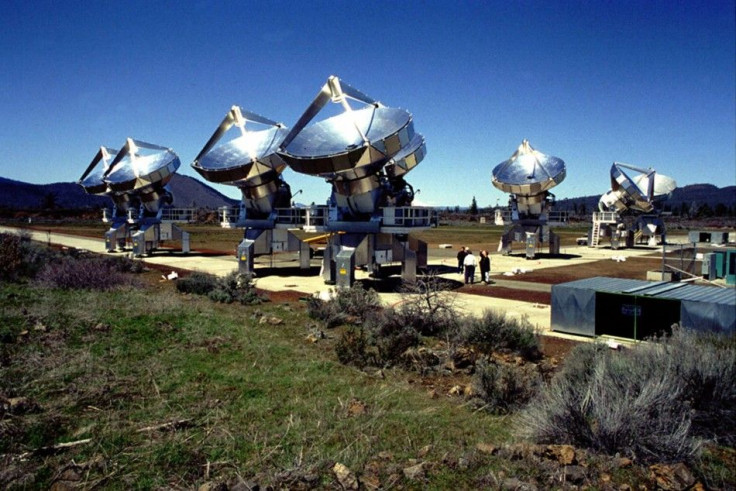SETI is Set to Look for Aliens Again, Thanks to Private Donors

Thanks to private donations replacing government funds, a California-based institute is reviving its hopes of hearing signals from other worlds.
With no successful alien-spotting to boast of, the Search for Extraterrestrial Intelligence Institute was suffering a severe cash crunch due to dwindling interest from funding agencies and donors. In April, due to lack of funds, SETI had to shut down its $30 million radio telescope array, which has been looking for radio signals from outer space for decades.
But the institute, based in Mountain View, Calif., appealed for donations, and announced last week it has topped its goal of $200,000, Reuters reported. Setistars.org now carries a banner reading: "Thank you for all your support to resume."
More than 2,400 donors, including actress Jodie Foster and Apollo 8 astronaut Bill Anders, contributed toward rebooting the listening post for intelligent life in space.
"The Allen Telescope Array could turn science fiction into science fact, but only if it is actively searching the skies," Foster, who played an alien-seeking scientist in the 1997 film "Contact," said in a statement on the fundraising site.
The 27-year-old institute said that it the telescope array is likely to restart in September and will continue running at least through the end of the year.
The plan still depends on receiving an unspecified amount of funds from the U.S. Air Force to track space debris that could damage satellites. SETI Institute expects that both the deal with the Air Force and the private funds will help its Allen Telescope Array track possible alien signals once again.
"For those who are interested in understanding whether intelligent life might be out there elsewhere in our galaxy, the Allen Telescope Array and our SETI team doing the research is the best bet," said Thomas Pierson, chief executive of the SETI Institute.
Named after Microsoft co-founder Paul Allen, who was one of the chief benefactors, the Allen Telescope Array consists of dozens of dish-like antennas operated as one large radio telescope.
It was erected in 2007 in a remote area in the shadow of Lassen Peak, east of Redding, Calif., and is part of the Hat Creek Radio Observatory, a facility of the University of California, Berkeley. The array costs $1.5 million a year to run.
Pierson said that the SETI Institute seeks more private funds and ways to control costs in order to continue the project, which was hit by recent federal government budget cuts and by cost savings at UC Berkeley.
© Copyright IBTimes 2024. All rights reserved.






















